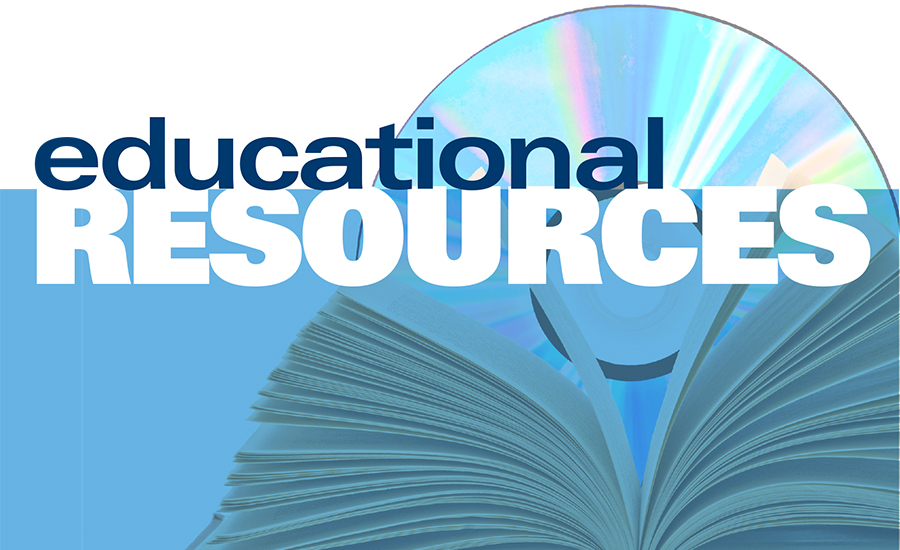Making sure you are shopping safely for the holidays

Anyone heading into stores – brick and mortar or online – this holiday season should visit SaferProducts.gov, the government’s safety database for household, outdoor and children’s products.
That recommendation comes in a report by the Consumer Federation of America, Consumers Union, Kids in Danger, Public Citizen and U.S. Public Interest Research Group, which analyzed the most dangerous manufacturers and products among the 29,000 incidents submitted over five years.
“While many parents, grandparents and caregivers check with friends and others before buying a child related product, SaferProducts.gov provides access to nearly 30,000 reports on a wide variety of products,” stated Rachel Weintraub, legislative director and general counsel at Consumer Federation of America. “Researching holiday gifts on SaferProducts.gov before you buy is a great way to protect your loved ones.”
SaferProducts.gov enables government agencies, public safety entities, health care professionals, child service providers and consumers to both report dangerous products and search the reports that others have submitted. It is operated by the U.S. Consumer Product Safety Commission (CPSC), an independent federal agency.
Key findings
The report, SaferProducts.gov: Five Years Live, found that:
- Many reports of harm are concentrated among 10 manufacturers. Almost 40 percent of the reports are for products from 10 manufacturers, with the rest spread out among 3,802 other manufacturers.
- Appliances make up a large percentage of reports among the top 10 manufacturers. Of the roughly 11,000 reports referencing one of the top 10 manufacturers, 72 percent involve the “appliances” subcategory. Ranges or ovens of various types make up the vast majority of these reports with “electric ranges or ovens” comprising the largest segment, 34 percent, of the top ten product types reported.
- 31percent of reports document some level of injury.
- More than half of the 90 fatalities reported involved children aged 12 or under.
- Less than half of the published reports in SaferProducts.gov include manufacturer comments in response.
“The database is a great resource for consumers,” said William Wallace, policy analyst for Consumers Union, the policy and mobilization arm of Consumer Reports. “If you’re interested in buying a product, you can check SaferProducts.gov for reports. If you happen to get an unsafe product, you can report it and help keep other people from harm.”
A tool that could be improved
While a useful resource -- and one that is growing -- the consumer groups offered a series of recommendations for improving the database:
- Increase promotion of the site. Additional outreach and training is needed toincrease submissions by the public and health care professionals.
- Expand the data sources included in SaferProducts.gov. There are a variety of additional CPSC databases, such as staff in depth investigations, Medical Examiners and Coroners Alert Project and the National Electronic Injury Surveillance System that would substantially increase the value of SaferProducts.gov if they were interoperable.
- Release overall reports on data trends. SaferProducts.gov contains a great deal of useful data, and the CPSC should compile and release an annual report identifying the trends in harm posed by products in the database.
- Improve data categories and searchability. Adding more macro-level categories such as “all children’s products” — in addition to the existing, micro-level categories — would make analyzing the data much easier. Additionally, a searchable field for the type of harm documented would be enable consumers and researchers to better use this valuable resource.
To increase use of SaferProducts.gov, the nation’s leading consumer groups are launching a social media campaign to spread the word and encourage reporting to, and research using, the database. #5YearsLive, #SaferProducts, #SaferHolidays, #SaferShopping will be used in a coordinated effort over Twitter and Facebook to alert consumers about the important, lifesaving benefits of SaferProducts.gov.
Looking for a reprint of this article?
From high-res PDFs to custom plaques, order your copy today!




